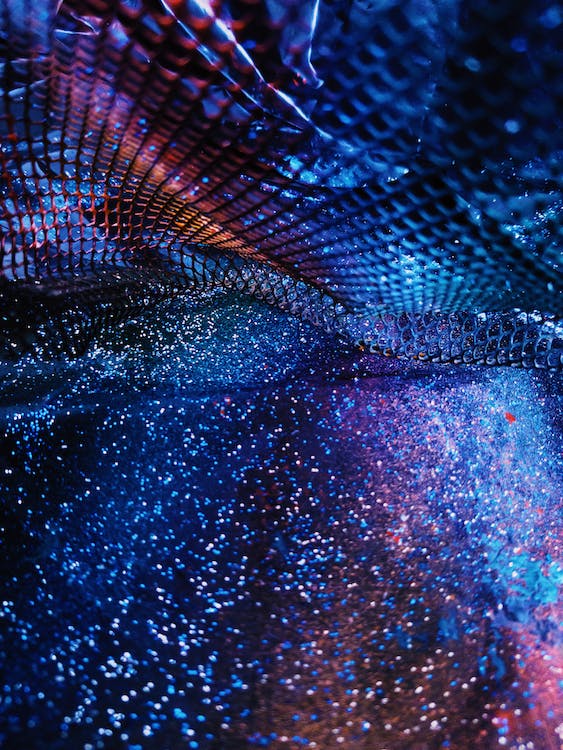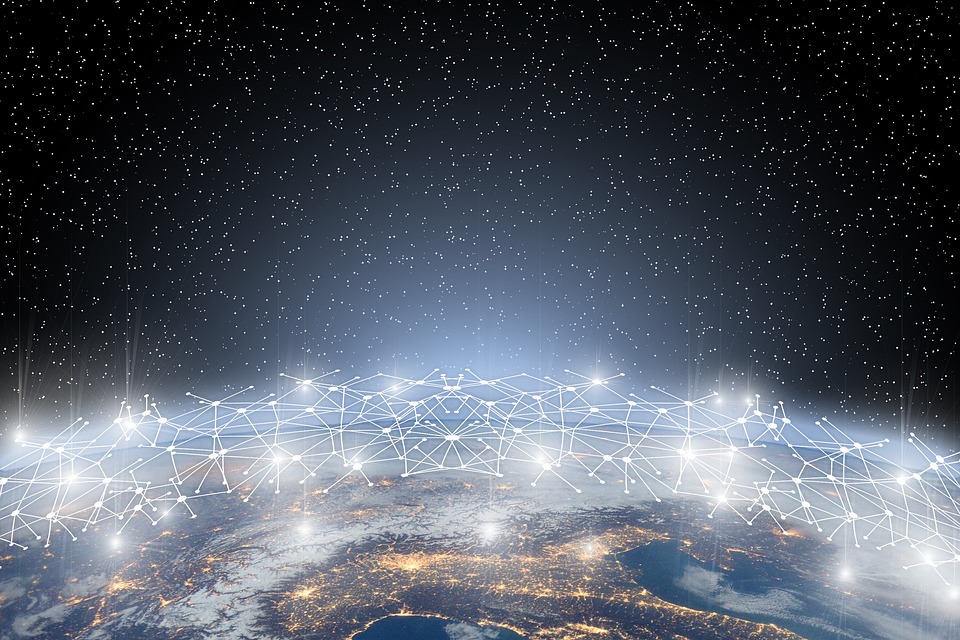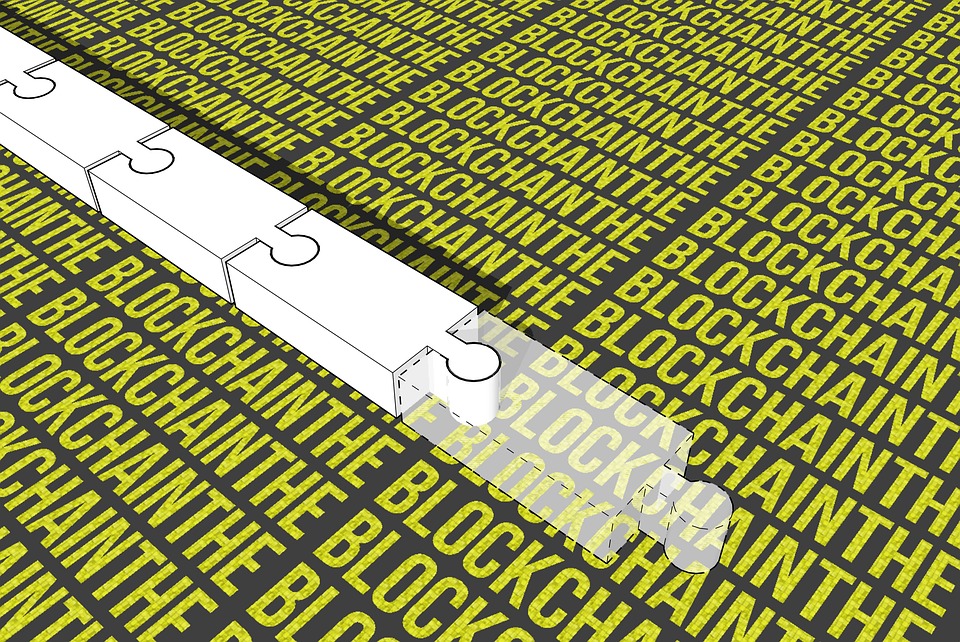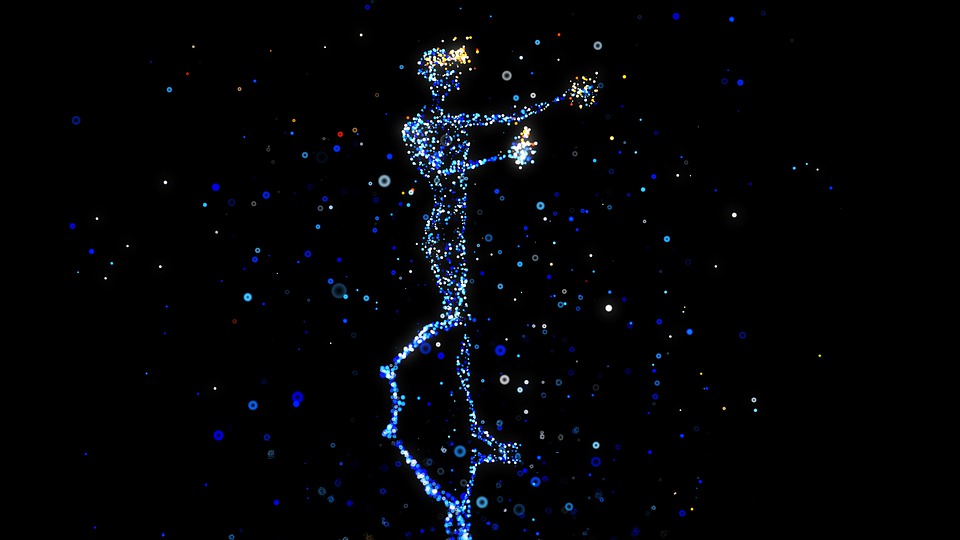How to use web3.0 to create a brand planet meta-universe
2022.12.26

Meta-universe planet marketing is the upgrade of digital marketing “people, goods, field”.
One of the most critical is the upgrade of “field”, from the traditional marketing field, the development of the meta-universe of the brand planet, with blockchain technology as the underlying layer, to achieve the combination of products, user rights and NFT, and the development of content and brand IP in the planet.
The upgrade of “goods” is the entry of NFT digital assets, which can even correspond with products, realizing one NFT for one thing.
And the upgrade of “people” is the digital doppelganger of real people, and the virtual anthropomorphism of the brand.
Through the above three people, goods, field upgrades for the brand planet, you can move to the meta-universe, so the meta-universe marketing does not need to wait, is a natural development process.
I have summarized it into 8 things –
1. Have a digital private domain community
As described ( in our last journal) by Starbucks’ Chief Marketing Officer: Odyssey is about using Web3 technology to create a digital community that connects Starbucks members with partners.
From a marketing and CRM perspective – the Starbucks Odyssey program is a massive convergence of user loyalty and the meta-universe’s underlying blockchain technology, using old wine in new bottles.
Therefore, building a private digital community is essential for brands to truly be with their users and partners, which is the “field”.
This private community, in foreign countries, can choose a public chain, and then build their own APP or website.
In the future, all marketing activities will be run around this, so that everything will be settled here, where community communication, sales products, and accumulation of digital assets will be carried out, and the integration of “marketing” and “marketing” will be realized.

2. Introduce membership points system
Many brands already have their own user points system, so it is only necessary to import it when establishing the meta-universe planet, which is the easiest way to reach the meta-universe, so it is Starbucks abroad and Nesher’s tea at home.
And there are many consumer products, because of the dealer route, often do not have a user points system, then you can do this.
The partners, such as dealers, also into the points system, to achieve value sharing with partners, the traditional distribution model, but also the import of NFT economy, which is completely feasible.
Just as Starbucks also incorporates partners that are employees of its various branches.

3. Blockchaining membership points
This is a key step towards web3, which is to take traditional membership points and turn them into blockchain digital assets, such as replacing them with immutable NFTs, so that they can be developed into a decentralized economy.
When this step is achieved, it means that a “brand republic” that can grow on its own becomes possible, as digital assets create and grow the economy on their own.
In Starbucks’ odyssey, this is the “stamp”, while in other brands like Qantas’ NFT program, members are turned into equity shareholders through the issuance of NFTs.

4. Turning members into meta-universe players
Along with turning membership points into independent digital assets, there is something else that should be done: allowing this community/space to grow on its own, allowing members to become players in the brand’s meta-universe.
The difference between members and players is that members just spend for points and then redeem items, and only act according to the brand’s design. Players, on the other hand, can have their own missions and even set their own missions and grow their player value by achieving them, much like a game.
This started with coffee learning in the Starbucks Odyssey program, then moved to having participants in the Odyssey journey participate in various artistic and social activities, and gradually grew to the point where they could self-organize.

5. Letting players co-create the third space
The third space, which is how Starbucks describes its meta-universe, is conceived as a more independent, web 3.0 scene different from the offline scene and the traditional 2.0 online scene.
This process is a co-creation and co-construction process, carried out by players’ initiative and spontaneity, and the value of players’ actions are implemented through blockchain assets such as NFT.
So the third space is the digital ecology of the Starbucks branded planet.

6. Physical and Digital Sales
As mentioned earlier, it is essential that the brand planet does not just do brand image and communication, but also sells products.
The sales here must include both physical product sales and digital NFT sales.
In layman’s terms, it is Starbucks or Nespresso’s tea, while selling coffee or milk tea through the planet, as well as selling NFT’s cultural content + membership stored value card these two things.
A real meta-universe planet should realize the integration of “business” and “sales”, because since the members have been precipitated, the partners have been precipitated, and it is natural to sell products.
7. The content ecology of the planet
Since the brand planet is a “field”, of course, there are not only assets and selling fields, but also content fields.
This content field is like a theatrical stage, with a stage design, a dramatic story line, a worldview design, a character design, and so on.
Stage, story, character, world, all these are the scope of IP content creation.
Therefore, designing a brand planet, it is inevitable to enter the work of brand IP, so that the traditional brand, into more vivid scenes, characters and interactive gamification story.
Brand marketing and IP content will be completely merged in the meta-universe.

8. Both private and public domains
The last key thing is that building a brand planet is not only making a private domain, but also developing into a public domain.
Because it is different from the traditional private domain marketing, not just private management of users by brands, but to let users develop themselves, to move to the public domain, and to achieve social publicization through self-propagation and autonomized organization.
Therefore, every brand planet should be a semi-private and semi-public world. On the one hand, it forms a private domain through membership points, purchasing products and gaining rights and interests, and on the other hand, it forms a public domain society through community-based co-creation and co-construction.
As I said earlier, Starbucks wants to change from a business empire to a business republic, where the empire is vertically centralized and the republic is decentralized, or at least semi-decentralized.
The brand planet is the brand republic.
Summary
In short, in the Starbucks Odyssey project, we clearly see the enthusiasm and ambition of a big brand to enter the web3 universe and the attempt to combine both commercial revenue growth and decentralized autonomy.
How it will be achieved in the end, and what kind of problems it will encounter, cannot be determined now, so let’s wait and see.
A 3.0 cup of Starbucks coffee, the difference should not be the taste, but the identity and economic relationship between the person who made the coffee and the person who enjoys it has changed qualitatively.
In any case, in the future, there will be many brands that use web3 to build a meta-universe planet, and they all have to find the real balance between business and public welfare, private profit and public profit, empire and republic.

